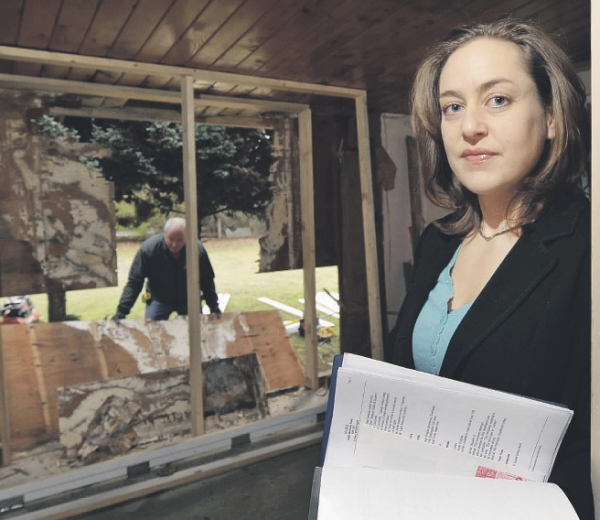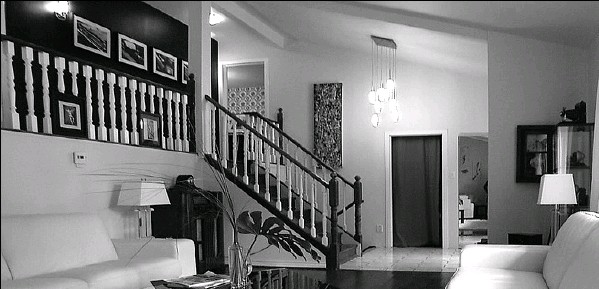Ask yourself some questions first — for example, do you want a cleaning company’s employees in your home or a self-employed cleaner?
Michelle Hopkins
Sun
The last thing many of us want to do with our precious free time is to stay indoors and clean the house — especially when the sun is shining.
For some, it makes sense to call on the services of housecleaning professionals. But how to go about choosing the right company or independent cleaner?
First of all, ask yourself which parts of your house you want cleaned. Write a list of the rooms, objects and any specific areas that need attention. Think about how many hours it takes you to tackle the cleaning, and you will have an idea how long it would take a cleaner to do the job, says Molly Maid franchisee Michele Yonge.
Ask your friends for references, or ask cleaning companies to provide references.
“Also look for someone who is both bonded and insured … a lot of independent cleaners are not bondable,” Yonge says. “With a company, if an employee scratches your hardwood floors or breaks an heirloom object, your possession will be replaced or paid for, and repairs will be done. It’s also important that the company professionally trains its staff.”
Look for a company that brings its own cleaning equipment and products.
If you’re concerned about environmentally friendly cleaning products, ask what type of cleaners are used. Are they biodegradable, environmentally preferable products, ones that are safe for you, your family and your pets?
There are many other considerations. Ron Partaik, a Maids Home Services franchisee, says many homeowners don’t think about how many supplies and buckets the cleaners carry with them.
“It might seem trite, but do you want the bathroom bucket used in your kitchen?” says Partaik. “The same goes for products. Some companies use one cleaner for all, and really you need different products for different cleaning solutions.
“And don’t be shy to ask what products they use. Today, many homes have expensive hardwood floors. You need to know that the product used on them is one that is recommended for hardwood floors.”
What if you want to hire an independent?
“Although hiring an independent is often cheaper, it’s not necessarily the right choice,” says Yonge. “When you hire a professional company, if your home isn’t cleaned the way you want it, a company will guarantee your satisfaction and go back to re-clean.”
On the other hand, self-employed cleaner “Diane C” said in an earlier interview that, as an independent cleaner, she is able to “give a personal touch” to the families she works with.
“Some might say I get too involved with my people,” Diane said. “No one has complained … yet! Any time I’ve been ill, which hasn’t been often, I call my people, and all they say to me is, ‘Get better, not to worry. Take care of yourself and come back when you’re well enough.”’
Partaik notes that there are also time considerations.
“Many people don’t want cleaners who are in their house for four to six hours,” says Partaik. “When you hire a company with teams of three or four, they are typically out in one to two hours.”
Be sure to ask if the company has a backup team that can do the job if your regular cleaner is sick or can’t come for personal reasons.
Also make sure you aren’t required to sign a contract.
“You should never have to sign a contract because residential cleaning is not the type of service where a contract is required,” says Yonge. “Don’t commit to something you don’t have to.”
Partaik agrees. “Is the company flexible, so that if you need to change your date one week, or you are moving, or you are hosting a large party and need extra help, will they accommodate your requests?”
Both also say that if you aren’t happy with the service you’re receiving, you should find out if changes can be made to improve it.
“We leave a suggestion and comments card each time, and we ask our customers to rate their cleaning and offer any suggestions to make it better,” says Partaik. “That way, we can stay on top of any problems as they arise and ensure they are looked after promptly.
“On the other hand, positive feedback about a team or team member does get rewarded.”
© Copyright (c) The Vancouver Sun



